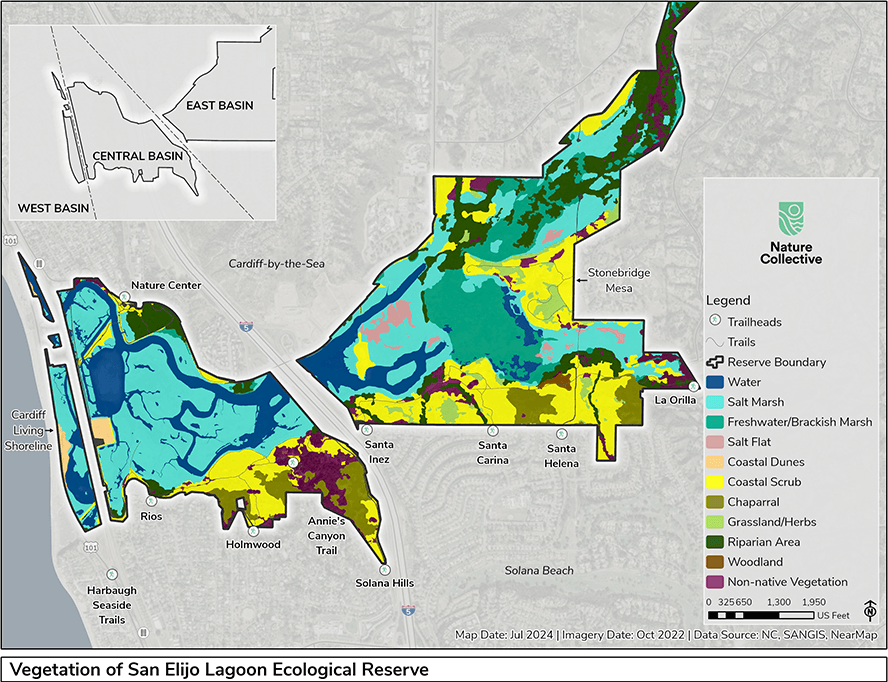Description
4,11,59
Wild tarragon is a perennial herb that has been called “a very unattractive weed.”169 It has long slim arching stems up to 6 feet (1.5 m) in length, from a short rhizome. Lateral branches are short and concentrated along the outer portions of the main stem. Leaves and stems are hairless with numerous resin glands depressed below the surface. Unlike the cultivated form of tarragon, wild plants are usually only faintly scented, if scented at all, and their flavor is often unpleasant.
Leaves are green and linear to narrowly lanceolate and densely arrayed along the stem. The lower leaves reach three inches (7.5 cm) in length and are often cut into three short linear fingers near the end. Lower leaves die back in summer but may persist as brown shreds on the stem. Upper leaves decrease in length to 1/2 inch (1.2 cm) or less; they lack divisions and are tapered to a point at the ends. Margins of upper and lower leaves are generally smooth, occasionally with shallow lobes. All leaves are sessile or nearly so. Leaves extend out and downward from the stem, shaped like little ski-jumps. The long central stem, short lateral branches, and dense leaves give tarragon stems a green fuzzy appearance.
Flowers occur in elongated leafy compound clusters at the ends of the central stem and small, lateral branchlets. About a dozen small greenish-yellow inconspicuous flower heads nod from short pedicels. Each flower head consists of 20 – 40 tiny pale yellow or cream disk florets from a rounded receptacle. Each floret consists of a narrow cylindrical corolla that expands to a lobed mouth less than 1/32 inch (about 0.5 mm) wide. A pappus is lacking. Ray florets are absent. Peripheral florets lack stamens. The pistil consists of an inferior ovary and branched style about 1/8 inch (2 mm) long, extending beyond the corolla. The central disk flowers are functionally male or sterile. Five stamens are united by the anthers into a tube around a sterile pistil. Anthers may be fertile or sterile. The major bloom time is August through October.1
The dry fruits are small, and each contains one tiny elongate seed less than 1/16 inch (1 mm) in length. In spite of the lack of a pappus, the tiny seeds are wind-dispersed.59 Some forms of tarragon set few seeds, if any, reproducing vegetatively by rhizomes.41


















